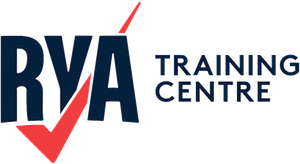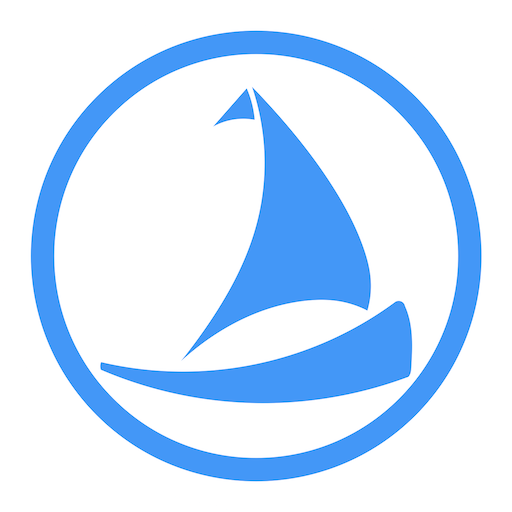Rule 30: Anchored vessels and vessels aground
- A vessel at anchor shall exhibit where it can best be seen:
- A vessel of less than 50 metres in length may exhibit an all-round white light where it can best be seen instead of the lights prescribed in paragraph (a) of this Rule.
- A vessel at anchor may, and a vessel of 100 metres and more in length shall, also use the available working or equivalent lights to illuminate her decks.
- A vessel aground shall exhibit the lights prescribed in paragraph (a) or (b) of this Rule and in addition, where they can best be seen:
- two all-round red lights in a vertical line;
- three balls in a vertical line.
- A vessel of less than 7 metres in length, when at anchor, not in or near a narrow channel, fairway or anchorage, or where other vessels normally navigate, shall not be required to exhibit the lights or shape prescribed in paragraphs (a) and (b) of this Rule.
- A vessel of less than 12 metres in length, when aground, shall not be required to exhibit the lights or shapesprescribed in sub-paragraphs (d) (i) and (ii) of this Rule.
What this means:
Rule 30: Anchored vessels and vessels aground – Our plain English guide to help you understand & remember this rule.
Anchoring is possible no matter the size of the vessel. We might consider anchoring as stopping for lunch or overnight in a pretty bay, but even large ships drop their hook. They may be waiting to get into a port, and there are often holding areas where commercial vessels must wait before commencing pilotage. Whatever the reason and the size of the vessel, the day shape that needs displaying is the same.
There are no IRPCS rules for anchored vessels other than displaying the appropriate lights and shape. After all, you are essentially parked and unable to manoeuvre. If you display yourself as anchored, it would be ridiculous to expect you to try to avoid a collision subsequently.
Day Shape
A black ball is displayed somewhere near the fore part of the boat.
Lights
At night, lights denote anchored but different requirements depending on size. However, like other rules, any vessel can display the complete set of anchored lights if desired; the differences are concessions for smaller vessels.
Switch between day and night to compare it with the equivalent day shapes.
The other part of Rule 30 concerns vessels aground, which is combined into the same rule because they are similar situations. Both vessel types are attached to the ground and cannot manoeuvre to avoid a collision; this part covers the unintentional!
Day Shape
Three black balls in a vertical line.
Lights
Two red lights in a vertical line in addition to size-appropriate anchor lights.
Switch between day and night to compare it with the equivalent day shapes.


